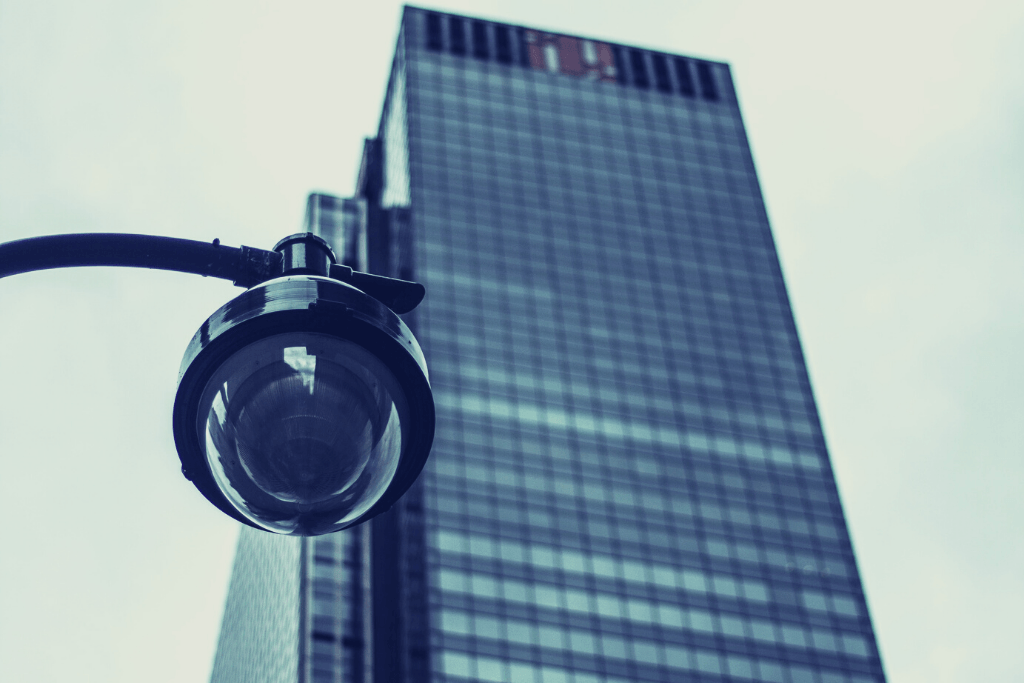Following a public health crisis, notorious series of cyberattacks, and the evolving nature of modern threats, people in all spheres — private, public, or commercial — have never been more invested in security.
It comes as no surprise that, according to Gartner, by 2021, worldwide spending on security and risk management was forecast to grow by 12 percent, reaching an unprecedented USD 150 billion.
Developing technologies and innovations, which are making security and risk management much more water-tight against the threats, are driving this growth. Our rising collective awareness of cybersecurity also contributes to it. Even though it’s sometimes overlooked in favor of cybersecurity, physical security — described as the protection against actions and events that could cause serious loss or damage — within a building is still equally crucial.
There’s no firewall or anti-virus software that could provide protection against a manifold of physical security risks such as an actual fire, a natural disaster, burglary, vandalism, or terrorism.
Data-Driven Security With Smart Algorithms
Luckily, the rapid digitization process and all the software innovations also mitigate the physical security risks more efficiently than ever. Data-driven security helps facilities uncover hidden patterns of data and respond with countermeasures. This potential is unlocked by smart algorithms: They sift through masses of data collected by the security tool they’re integrated with — typically using robotics, AI, or IoT technologies — and execute data-driven decisions for maximum security.
As consumers can make the most out of their investments thanks to a plethora of these data-driven new tools, they’re able to make bold changes to approaches and methodologies to building security.
As the security needs are getting increasingly more complex, hereafter is a look at the top three ways these technologies are changing building security in 2021 and beyond.
1. Multi-Dimensional Perception

Gone are the days when building security relied on a pair of human eyes, no matter how diligent they can be. Besides, security risks are not just ones that could be perceived visually. Anything that can affect the day-to-day life in a building — including moisture, temperature, or gas pressure — can also have implications for security.
Powered by digitization, innovative ultra-violet (UV) sensitivities, and intelligent algorithms, data-driven security systems can employ multiple sensors and enhance the capabilities of what video cameras can detect.
These upgraded systems are also able to detect any movement at varying distances with much higher accuracy. The in-built radar features can perceive, detect, and track the movement of objects up to 100 meters in the distance — and in some cases, even more.
2. Intelligent Video Technologies

Particularly in the post-pandemic world, intelligent video technologies can add tremendous value in assisting companies in keeping their employees and customers safe and making the process of getting back to work smoother.
Thanks to AI, modern security cameras can monitor any location within or outside a building with high human traffic. This makes it significantly easier for building managers to adhere to safety protocols. These might include vital yet straightforward procedures such as keeping an appropriate physical distance, controlling the mask-wearing and people flow, and stepping in with temperature screenings at the entrance.
This way, employees or visitors can steer clear of non-essential physical contact. They can tap into the rising adaptation of touch-free entrance systems, which are facilitated by face or biometric recognition, mobile access via a specialized app, or NFC and QR codes.
3. Physical Security Robots

To take all the developments in the sphere of data-driven security one step further, in 2021 and beyond, physical security robots might gradually become as ubiquitous as a doorbell. They’re already a common sight in many public places like malls, offices, airports, or hotels. It’s not unrealistic to expect their heavier involvement in daily life in a decade down the line, especially considering the overall growth of the robotics industry.
While the possibilities of what exactly robotics technologies can achieve in building security are limitless, robots currently perform tasks including surveillance, patrolling, detecting any irregularities, and transmitting any necessary messages or information to guards.
Furthermore, they can detect open doors or unauthorized visitors. They also assist facility managers in routine maintenance tasks by informing them about issues like water leakage or a technology malfunction.
If they’re instructed to do so, they can even provide gentle reminders about the facility rules such as “please keep the park clean”.
What Does This All Mean for Security Professionals?
The evolution of security needs and technologies go hand-in-hand with the unstoppable growth of demand for the most reliable products. Thus, there’s no doubt that the data-driven security systems that incorporate technologies such as robotics, AI, or biometric recognition will be the future of building security.
The journey from the humble mechanical key to AI-powered data-driven security isn’t a straightforward one to be completed in a short amount of time. As rewarding as it can be, this evolution requires plenty of long-term vision and leadership.
However, for those in the right mindset, leveraging technologies in building security in 2021 and beyond is poised to enhance business opportunities and set companies apart from the competition.







